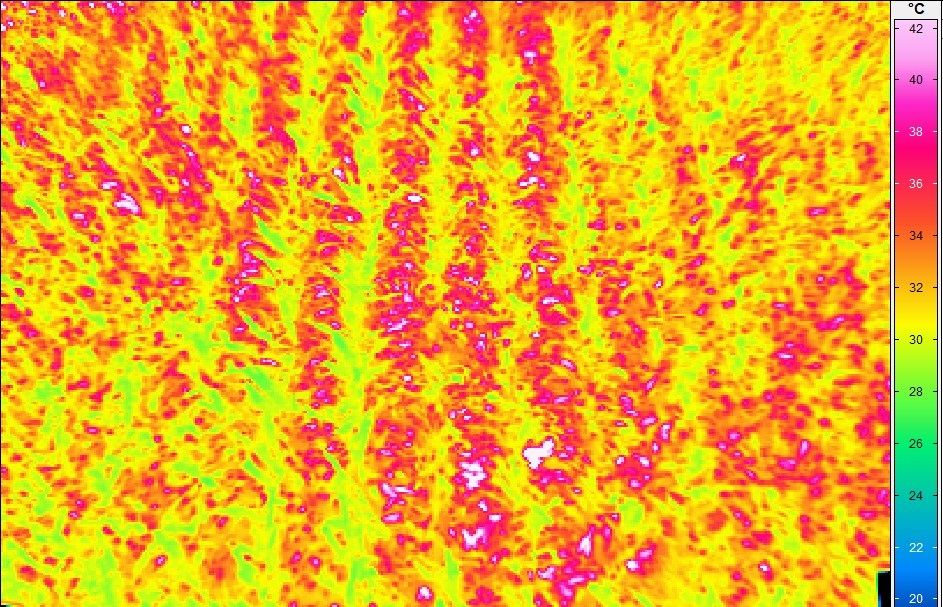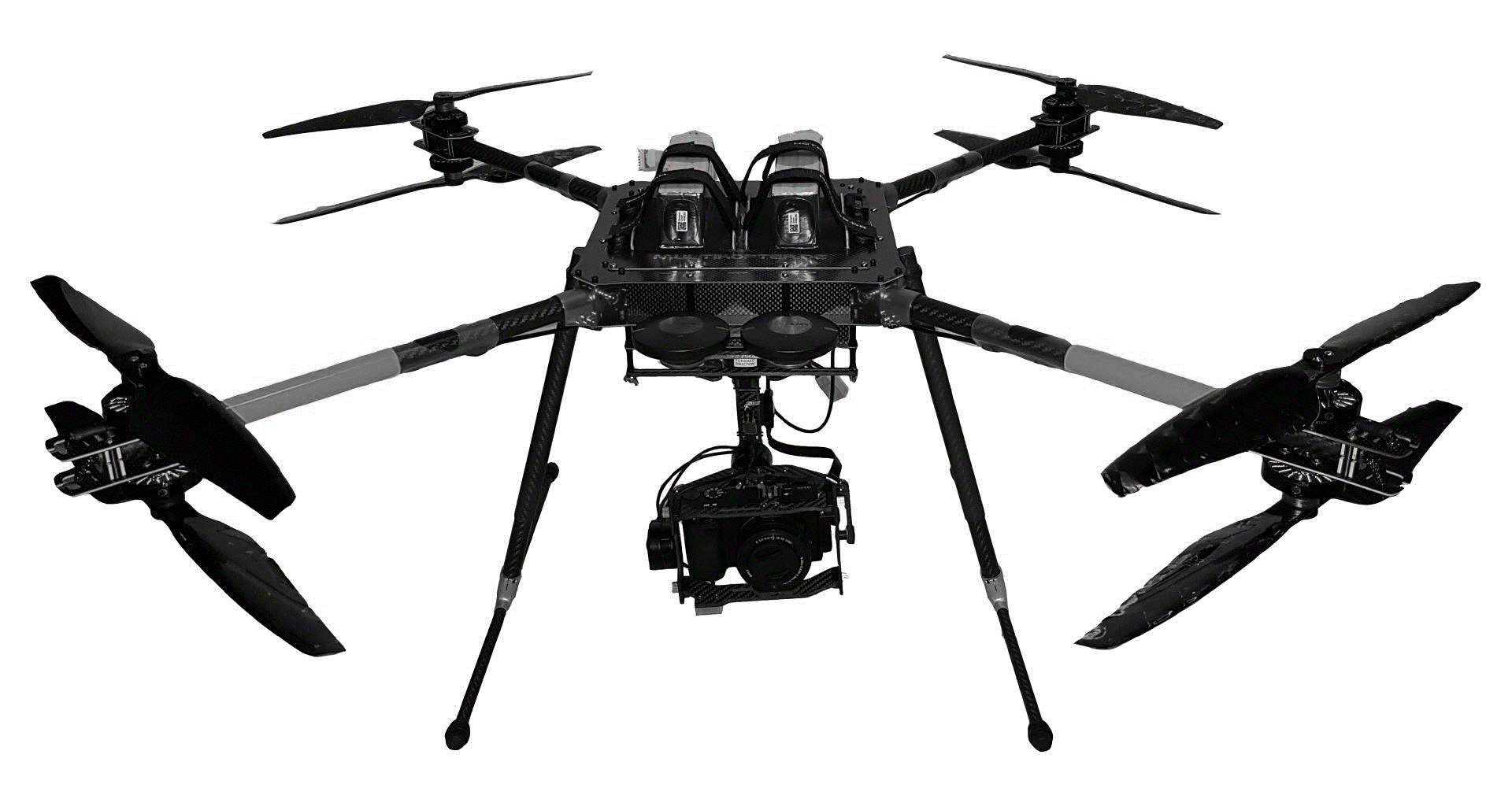Zero hunger
Responsible consumption and production
Partnerships for the goals
Project coordination: Universität Hohenheim, Institut für Agrartechnik
Contact: Dr. Klaus Spohrer
Address: Garbenstraße 9, 70599 Stuttgart, Germany
Tel.: +49 711 459-23464
Email: klaus.spohrer(at)uni-hohenheim.de
Project partners:
- STEP Systems GmbH, Nürnberg
- Multikopter.de, Hargarten
- geomer GmbH, Heidelberg
Project partners in China:
- China Agricultural University, Peking (China)
- Beijing Biopute Technology Co., Ltd., Peking (China)
- Xianfei Agricultural Engineering Technology Co., Ltd., Peking (China)
A Holistic Approach to Sustainable, Location-Specific Agriculture in Western China
Location-specific inventory management (pattern management) in agriculture can save resources and minimise the contamination of soil and water by pesticides, nitrate and other salts. The use of UAV-supported imaging methods provides decision-making tools for crop protection adapted to the needs of smaller areas, optimal irrigation and appropriate fertilisation, thereby supporting sustainable agriculture.
Location-specific inventory management and information
Sustainable, location-specific agriculture aims to avoid or minimise the negative effects of agricultural activities, thus keeping ecosystem services at the maximum possible level. For inventory management in agriculture, this means that, due to potential interactions, all management measures must be aligned and high-resolution, spatio-temporal information is required as a basis for decision-making. In addition to the information concerning fertiliser status, crop protection and irrigation required for this purpose, sustainable agriculture also requires adapted management procedures for optimal, location-specific implementation of the required measures.
The Pattern Management in China (PMC) joint project pursues the overall objective of developing pattern management for the production of cotton and for maize, simultaneously providing an example of application and conducting a practical investigation in these regions. The field experiments will be conducted in Henan province.

Pattern management
Pattern management (PM) is a new, holistic approach for sustainable, location-specific agriculture and is based on three pillars:
- Pillar 1: Creation of spatial processing patterns
- Pillar 2: Optical detection and evaluation
- Pillar 3: Data management
Structured precision farming creates spatial cultivation patterns in the field location-specific(pillar 1). Various cameras (infrared, hyperspectral) that are attached to unmanned aerial vehicles (UAV) detect these patterns, which are then evaluated centrally (pillar 2). Finally, the evaluated and localised image data is used to derive recommendations for necessary inventory management measures with regard to fertilisation, plant protection and irrigation; these are then implemented using adapted agricultural methods. The information is stored, processed and evaluated in a geo-database. In order to monitor PM, the detected spatio-temporal status data of the fields as well as the corresponding spatial recommended actions are displayed on end devices (computers, tablets, smartphones) using a web portal with a user-friendly interface (pillar 3).
The evaluation of the image data differs fundamentally from conventional approaches for determining the crop water status and nutrient supply and for documenting plant diseases, for example. Instead of a quantitative evaluation of individually determined status data and indices (e.g. CWSI, NDVI or NDRE), this approach includes a relative evaluation of spatially generated patterns and the subsequent spatio-temporal pattern changes with regard to the optically detected status data as well as newly determined indices, based on time series recordings.

Joint development and marketing
The use of PM in agricultural practice requires structured agriculture and continuous monitoring of the area using UAVs. On the one hand, this requires both adapted and new components and processes to implement PM, and on the other, well-founded instructions on how to use these components and processes optimally in practice. Since a change to PM affects socio-economic framework conditions, later users will also require support in this respect. Accordingly, in addition to the fundamentals for implementing PM that have been developed, at the end of the project a PM manual should be available to provide support during application as well as guidelines that determine the socio-economic need for action to successfully introduce PM.
The commercial utilisation of PM and with it, the adapted and developed components and processes, should take place after the development to series maturity, which will be carried out by a marketing syndicate comprising all participating Chinese and German corporate partners. In particular, this includes consulting services as well as the certification of people and companies that will provide official advice and support during the introduction and application of PM. In China, the involvement of Chinese partner companies is of particular importance for the planned developments due to the extremely large Chinese market. In the medium term, the project plans to expand PM to other countries and to investigate its use for other crops (e.g. soybeans, wheat, potatoes). The participating German and Chinese scientific institutions will exploit the project results from a scientific point of view and support the corporate partners in development to series maturity and subsequent marketing after successful completion of the project.
